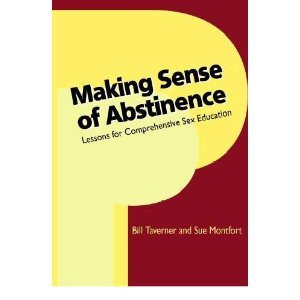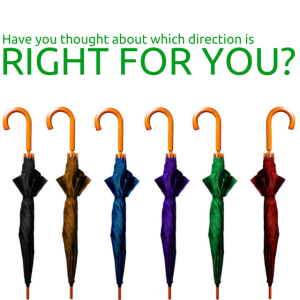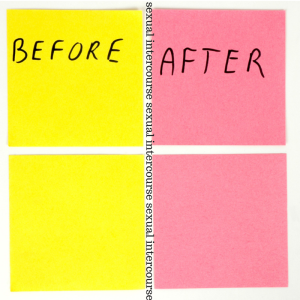 Oh abstinence-only-until-marriage…you disappoint me so much. Seeing this job, this work that I love so much forced into a mold that is so distorting of what is good and meaningful about sexuality makes me sad.
Oh abstinence-only-until-marriage…you disappoint me so much. Seeing this job, this work that I love so much forced into a mold that is so distorting of what is good and meaningful about sexuality makes me sad.
Which is why, given that I am here, in Texas, where so many students receive poorly conceived, distorted understandings of sexuality, that I am sure to directly address abstinence – not only as a valid choice, but also as different from abstinence-only-until-marriage. This weekend when I came together with my groups of Unhushed high school students and then my middle school students, I was excited to dive into the topic.
And then it turned out that none of my students had heard the word before. Or, if they had, they had only the vaguest understanding of its meaning. That’s private schools, for you, I guess. They just don’t teach much of anything at all.
And so, in honor of my students who were unaware of abstinence on any terms, this week I’m diving into Making Sense of Abstinence: Lessons for Comprehensive Sex Education. I’ve talked about five of these lessons so far, but there are just so many great ones! Because my students had no preconceptions about abstinence or what it is, should be, could be, or anything else, I wanted to start with a lesson plan that would be appropriate for them:
READY OR NOT?
Deciding about Sexual Behaviors
OBJECTIVES:
Participants will:
- Identify the variety of factors that help determine whether or not a person is ready for intercourse.
- Discuss and evaluate factors that define readiness for sexual behaviors, including intercourse.
- Recognize signs of readiness in a couple’s relationship.
RATIONALE:
Young people often ask for assistance in knowing “when is the right time” for sex. They may ask a friend, a parent, a teacher, or another relative or adult how old they were when they first began having sexual intercourse. Abstinence-only programs tell teens when they’re supposed to be “ready” – when they’re married. However, the reality is that, on average, young people in the United States begin having intercourse eight to ten years before they get married. Rather than looking for a magical age, teens need opportunities to assess the many factors associated with readiness for sexual behaviors, and to decide for themselves what conditions would indicate whether or not they are ready.
Some of the things I love in a lesson plan: scenarios galore and loads of handouts to lead the way! The best one included in this lesson plan is a handout on knowing whether you’re ready for sex. It leads students through considering the following topics:
- Personal values and goals
- Emotional readiness
- Physical readiness
- Pressure (if it’s present and from who)
- Being clear
- Your relationship
The level of detail in this handout is phenomenal. Something students will need to take away with them and really dive into – or throw in a drawer to pull out when the question becomes real for them.






